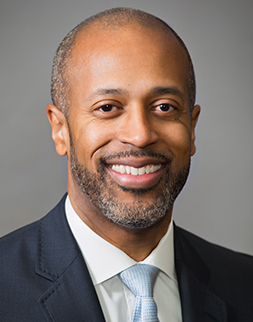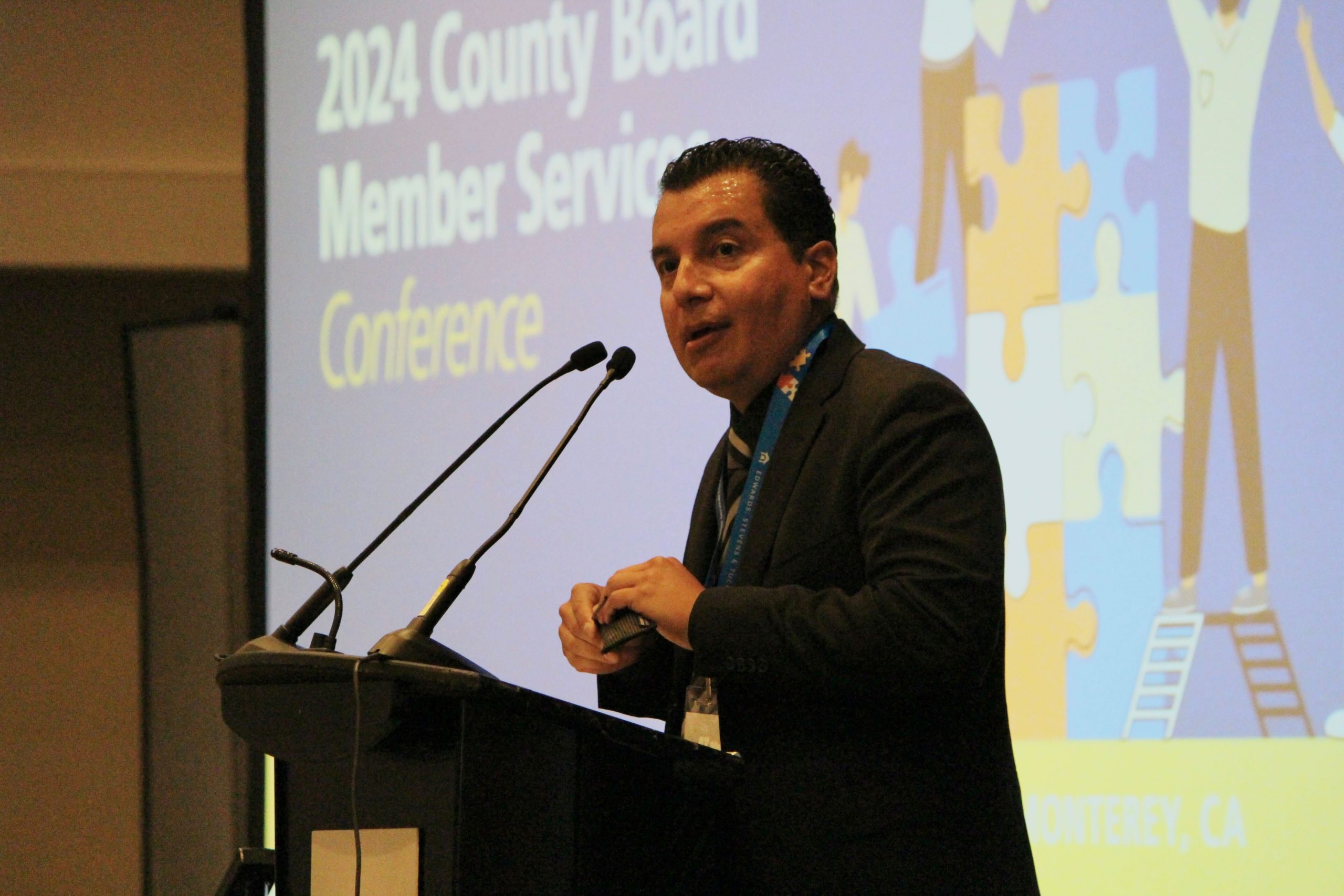Recognition is the first step in helping students
By CSBA CEO & Executive Director Vernon M. Billy
Our brains are fascinatingly powerful tools that have the capacity to go beyond our own imagination. The brain has an unsurpassed ability to create, interpret, suppress and disassociate ideas and feelings.
Recently, as I was sifting through my seemingly endless pile of paperwork, I came across several old articles I had flagged about the power and mysteries of the human brain. One article that caught my attention highlights the fact that every second of every day, roughly 100,000 chemical reactions occur in the brain. These chemical reactions can influence everything from happiness to depression, and ultimately how we interpret and cope with the rapid influx of information and experiences of daily life.
From a physiological standpoint, it is truly amazing that one of the outcomes of this power is the brain’s ability to develop all manner of deeply engrained biases that we are not even aware of as we carry on our daily lives. These implicit biases, as they are commonly known, can range from the benign to the destructive.
Hearing the phrase “implicit bias” or “implicit bias training” will likely illicit different mental pictures and feelings from readers of this article. After all, the word “bias” is often associated with something negative, such as treating others unfairly. This fact makes it important to understand and recognize how biases can develop and take shape. The only way to truly tackle such understanding and recognition is to engage in a well-crafted training that is thoughtful, engaging and, above all, honest.
That is exactly what CSBA’s Board of Directors did in September, after CSBA President Dr. Emma Turner invited Morehouse College professor Dr. Bryant Marks to conduct one of several trainings for the Board of Directors on this topic. Marks is a nationally recognized expert on implicit bias and serves as the chief equity officer and principal trainer at the National Training Institute on Race & Equity.
The Board chose to participate in this training because it recognized that sometimes “we don’t know what we don’t know,” and that implicit bias is a real issue that many boards are proactively tackling.
In his training, Dr. Marks offers a definition of implicit bias as “mental associations of certain groups with specific traits (e.g. stereotypes) below conscious awareness, which are often followed by subconscious prejudice (dis/liking) and/or discrimination (behavior) in a manner that typically benefits oneself or one’s group and/or disadvantages out-groups; and tends to involve a limited or inaccurate perception of others.”
It is the phrase “below conscious awareness” that perhaps best illustrates a critical distinction about what implicit bias is, and, more importantly, what it isn’t: racism. There is a chasm between implicit bias and racism — they are not the same thing. This is important to keep in mind when considering how implicit bias impacts all of us.
No matter who you are, where you’re from, where you live or who you surround yourself with, it is difficult for anyone to claim true immunity from implicit bias. It affects everyone in some manner or another, and, one could argue, is almost becoming rote with the advent of the 24-hour news cycle and social media influences. With these and other types of influences, the line between perception and reality can be perilously thin or even invisible. No one can avoid it, because the human brain works far faster in developing these biases than we can reasonably keep up with and immediately counter.
Using Dr. Marks’ definition, it would be a useless argument for anyone to objectively claim that they have never, at one time or another, held a limited or inaccurate perception of others — especially in such a media-dominated socio-political climate.
In schools, the effects of implicit bias on students have been linked directly to discipline patterns, teacher expectations and grading procedures. It has also been indirectly linked to influencing dropout rates and differing higher education outcomes. This requires school leaders to be conscious of potential biases and deliberate in countering them.
Illustrating this point is a recent education policy paper from Brown University’s Annenberg Institute. It suggests that, beginning when a student is in kindergarten, an English learner classification has a “direct and negative effect on teachers’ perceptions of students’ academic skills.”
The good news is that, as concerning as the role implicit bias plays in influencing adult behaviors towards students is, there are ways to combat (and even erase) its effects. The first and most critical step is personal awareness.
It is hard to find any article or study on this topic that doesn’t offer, in one way or another, that personal awareness of implicit bias is the most important foundational step in addressing it. Dr. Ilana Umansky, one of the architects of the Annenberg paper, told Education Week that, “we’re still in a situation where a lot of content-area teachers don’t have a lot of professional training on working with English-learners.”
Certainly, training is an important launching point for enabling teachers to provide an effective learning experience for students and for establishing an awareness of implicit biases that may negatively impact the academic success of students. Governance teams have an opportunity to lead by example and not only participate in implicit bias training, but also establish district policies and practices that help school systems develop a culture that strives to illuminate and eradicate implicit biases in our schools.
Yes, training is optional, but addressing the dangerous effects of implicit bias on students’ academic and social-emotional well-being is not.





